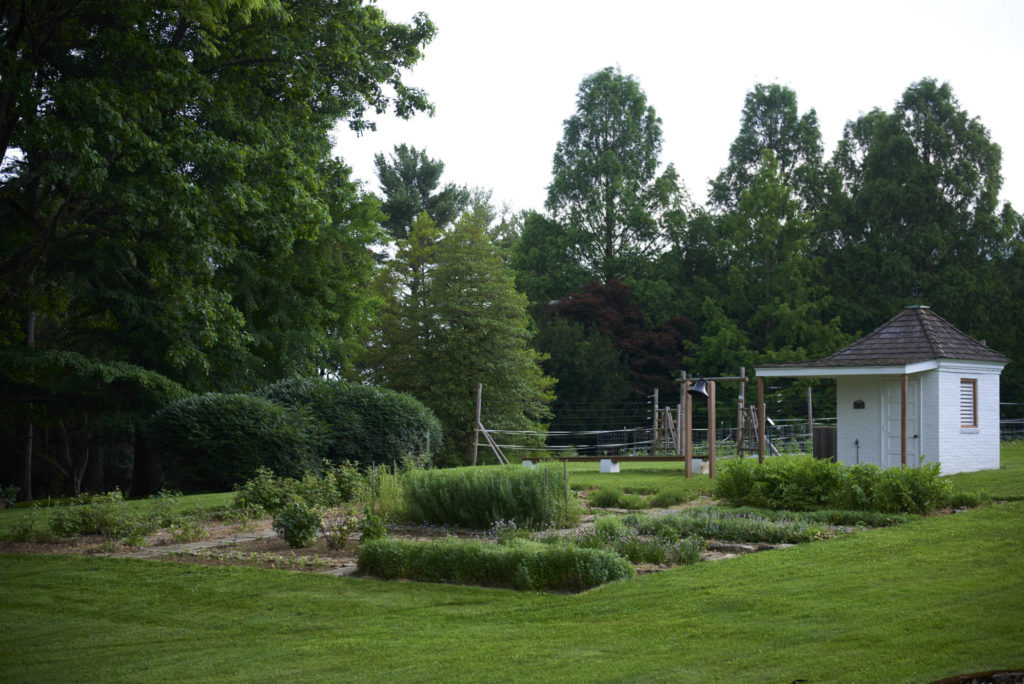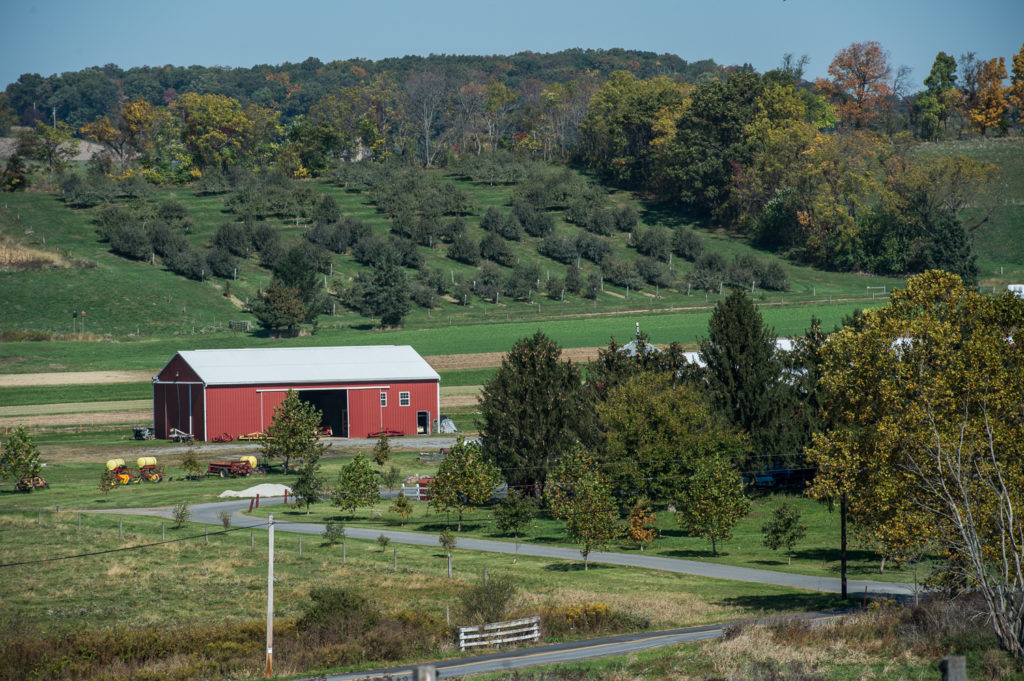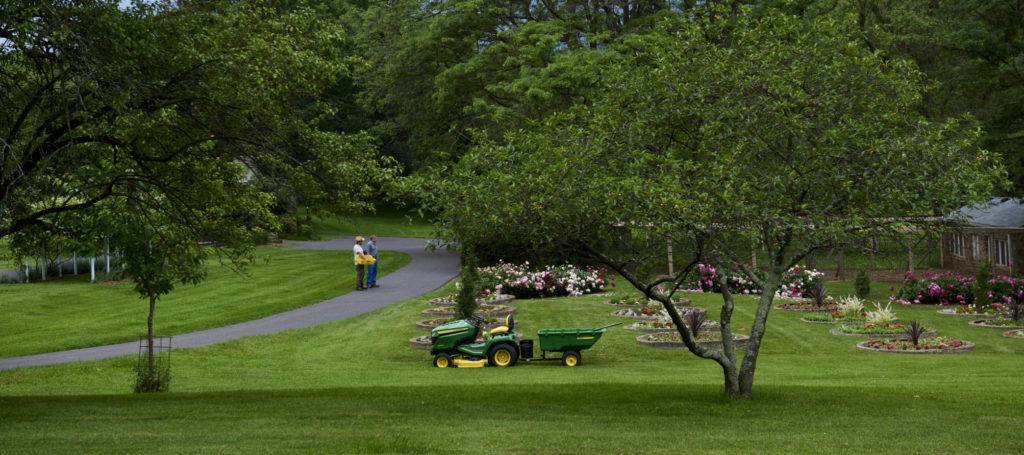Solutions rooted in nature.
Tree As A Crop uses a simple concept that offers extraordinary potential to create ecological, social and economic health. Modeled on the natural cycle of planting, harvesting and replanting annual field crops, Tree As A Crop offers a way to put trees to work to improve ecosystems, while helping to create a healthy prosperity for farmers and small forest landowners.
We all want paper and wooden projects, but we are reluctant to cut down trees. By planting saplings in under-utilized areas of the farm where traditional crops will not grow, farmers have an opportunity to create additional income and add value to their land. By sustainably managing trees—as one would with any other crop—a farmer can yield both environmental and economic benefits.
Tree as a Crop shows farmers and other landowners how to maximize the potential of trees to improve biodiversity on forested and agricultural land, to capture carbon and to provide a diversified income stream for landowners. Benefits include:
- Creating and restoring habitat to promote biodiversity.
- Sequestering carbon; releasing oxygen.
- Mitigating the effects of global climate change.
- Providing financial rewards for farmers.

How It Works
Start with a site assessment. What area of your land do you want to use? What is growing there right now? What is the soil condition? What is the terrain like?
Bring in some external expertise in woodlot management. Contact your local or state forestry service, or even the local agriculture center, to hear their recommendations. In most cases, these services are free to the land owner.
Pick your trees. Once you know something about the site and have some information from local experts, it’s time to make your plant selection. Some tips:
- Plant hardwoods and softwoods together. Hard woods are usually slower growing and soft woods tend to grow faster.
- Consider native species first. Native’s are easier to maintain and are less prone to disease and insect problems that may infect ornamental or immigrant species.
- Start with common selections. Unless you want specific species, start with trees that are easy to find at local nurseries or available through mail order. The nursery professionals should be able to answer questions and have recommendations on tree species that would work well in your area.
- Select five species for diversity, two hardwoods and three softwoods. This will encourage biodiversity and spread your risk over differing genetics.
Schedule the plantings. Plant in fall if your schedule allows. It is easier to plant trees when the soil is moist and the cooler and often wetter periods of late fall and winter will reduce the water requirements of the trees. Keep in mind, it may be a good idea to take a season or two to plan before you plant, since you’ll need to place your orders a season ahead of when you want to plant the trees. Container stock is typically planted in fall and bare rooted stock is planted in spring.
Prepare your site. If the site is an old tree line, which is great place to start, then maybe you have some clean-up to do. Clean out as many invasive plants, brush and weeds as you can, and then cultivate the soil to loosen it up. This creates a clean site for planting that reduces competition to the trees you want. If the site is steep, be sure not to create an erosion problem by over-tilling the soil, or tilling any more space than you need to.
If you can, add compost then work it lightly to improve the soil organic matter content and give your trees the advantage of a healthy soil environment.
Figure out spacing. Now you’re ready to lay out the spacing for the trees. Trees that are grown to be harvested are usually planted closer then nurseries recommend. You’ll want to force them to grow up instead of out and this dense planting will do that. The recommendation for oaks is 15 to 20 feet. For maples, pines and other fast growing species, 10 to 15 feet is recommended. Here again your local or state forester can help with the spacing recommendations.
Time to plant. Always plant trees as deep as they were when you received them. Check the trees near the base for the tell tale soil marking on the root ball or the base of the trunk. Remember to check your trees for water during the first year, and supplement the rainfall as needed to give the tree a great start. This can be done with a tank or bucket system since their requirements are much different than annual or agronomic crops.
Protect your trees. If you are in an area with lots of wildlife pressure (especially deer or rabbits), I suggest tree tubes to protect the young trees. Some of the tree tubes that are available are made from biodegradable plastic, which can break down in 5-10 years. These may not be allowed in certified organic systems, so be sure to check before you purchase. Otherwise you’ll need to remove the tubes once the trees outgrow them.
Maintain the crop. Planting a cover crop to serve as a ground cover will help to reduce maintenance mowing, keep invasive plants under control, and also nurture the health of the soil. A mixture of Rye grass and Clover is just one idea; a suitable grass mix with some legume would also work.
Trim lower branches if needed to create a long, straight trunk as the tree grows. This simple task will form the bases for great timber when harvest time comes. You want them to grow up, not out.

Resources
Want to add trees as a crop on your farm or property? The first step is to reach out to your local or state forestry service for help with a site assessment and recommendations on plant selection. They are the experts and can tell you what has worked best in your region and for your specific situation.
Center for Agroforestry
(University of Missouri)
Tree Planting
(Iowa State University)
Woodwise: Guide to Selling Your Timber
(North Carolina State University)
Timber Sales: A Planning Guide for Landowners
(North Carolina State University)

Partners
Rodale Inc. publishes books and magazines designed to “inspire and enable people to improve their lives and the world around them.” Honoring Robert Rodale’s visionary conviction that “we have to make tree planting one of our highest priorities…”, Rodale Inc. is investing in this new initiative as a way to offset carbon dioxide generated through publishing.
NewPage is a leading manufacturer of coated paper in North America and believes these projects are a step toward improving a sustainable supply of fiber. They support responsible forestry practices throughout North America and beyond. NewPage envisions transferring knowledge gained through this initiative to small landowners who supply fiber for the manufacture of paper products.
For more updates on Rodale Institute’s research and programming, follow us on Facebook, Instagram, and Twitter.
